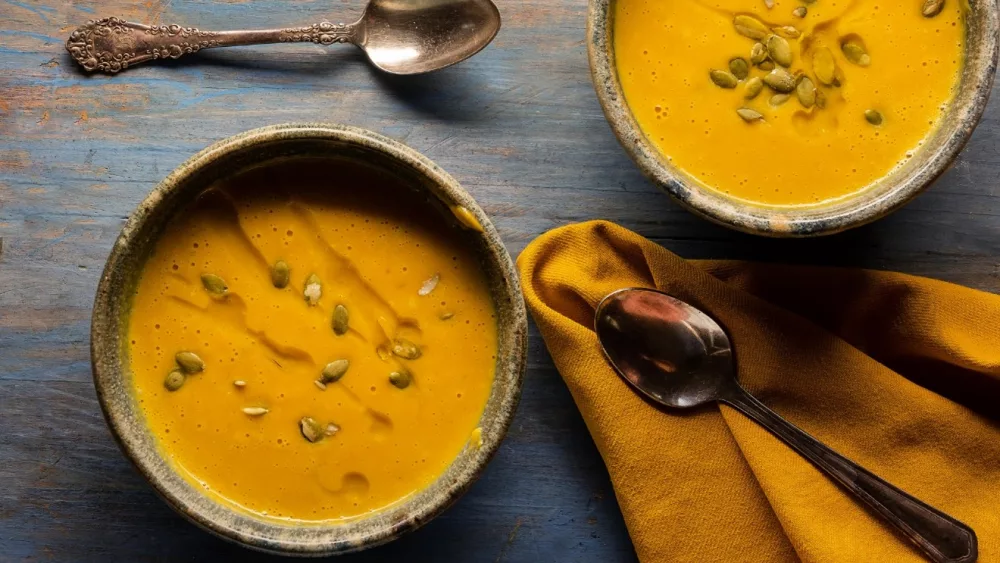
Cheese and wine are basic simple foods: wine being fermented grape juice and cheese milk that has been coagulated into curds. Of course, in the hands of skilled craftsmen, they become much more than that. Unfortunately, understanding and categorizing them and all their variations can quickly become confusing because many of their characteristics overlap, while others make them entirely different from one another.
For example, I’m a wine guy, and I’ve come to the conclusion that it makes no sense to recommend Chardonnay to go with a particular cheese or other food because it can be made in widely different flavor styles from buttery/oaky to crisp/green apple. The same thing happens with cheese. Milk—whether it’s from cows, sheep, goats, or buffaloes—can be transformed into cheeses that are each extraordinarily different in terms of their flavor and texture.
For years, I have suggested that the confusing world of wine could be organized into some basic flavor profiles or families. For many people that is all, they might ever want to know. I felt that the same thing must be true for cheeses, too—there had to be some way of organizing all of those amazing cheeses out there into some basic families, so the novice cheese taster could have some way of understanding this immense world. I talked with several cheese heads to see if it could be done. There isn’t a legal classification for cheeses, but it turns out that they can be grouped into families. The following is my attempt to simplify the art and science of pairing wine and cheese and offer some tips on how to enjoy them together.
Fresh Cheeses. Generally, these cheeses have a bit of acidity to go with their fresh milk flavor. Whites work best here from the crisp/clean category. If you wanted to try a red, then start with fruity/light-bodied wines. The exception here would be if the cheese were particularly salty such as Feta. For salty cheeses, try white wines from the aromatic/off-dry to sweet category.
Bloomy Rind or Soft Ripening Cheeses. Start with crisp/clean whites and especially sparkling wines. On the red side, start with fruity/light-bodied.
Washed-Rind Cheeses. These earthy, mushroomy, often stinky cheeses need the match of whites from the aromatic/off-dry category. Medium to sweet Sherries has the strength to stand up to these cheeses. Start with reds from the smooth/medium-bodied category.
Semi-Soft Cheeses. This category is very broad in terms of its flavor and style so it more than any other calls for experimentation. Because the cheeses often have a straightforward creaminess start with whites from the smooth/medium-bodied category and fruity/light-bodied reds.
Natural-Rind Cheeses. For those cheeses that are mature try rich/full-bodied whites including medium to sweet Sherries. For red wines try fruity/light-bodied wines with younger cheeses and smooth/medium-bodied for mature cheese.
Blue Cheeses. The strength of these cheeses requires a similar strength in the flavors of the wines. Aromatic/sweet white wines and rich, hearty reds are the places to start.
Uncooked-Pressed Cheeses. For whites start with aromatic/off-dry to sweet wines and smooth/medium-bodied reds.
Cooked Pressed Cheeses. These follow the same categories as the uncooked cheeses Sweet red (Port) and medium to sweet Sherries are also interesting here.
A matter of taste
On a final note, even with my attempt to simplify these two complex worlds, there is still a lot of information. Underlying all of this too is the fact that we have our own personal tastes. There is no “right” or “wrong.” I may love a combination that you really dislike and vice versa. The goal, however, is to find those combinations that most people like and use that as a launching point for further exploration. So, here’s a place to start. Be sure to keep track of what you like!
John Ash is a legendary chef, author and culinary educator. In the North Bay, he’s often referred to as the “Father of Wine Country Cuisine.” On Saturdays from 11 a.m. to noon, John demystifies the cooking process on The Good Food Hour with co-host Steve Garner on KSRO (1350 AM, 103.5 FM and 94.5 FM). For more information, visit chefjohnash.com.




